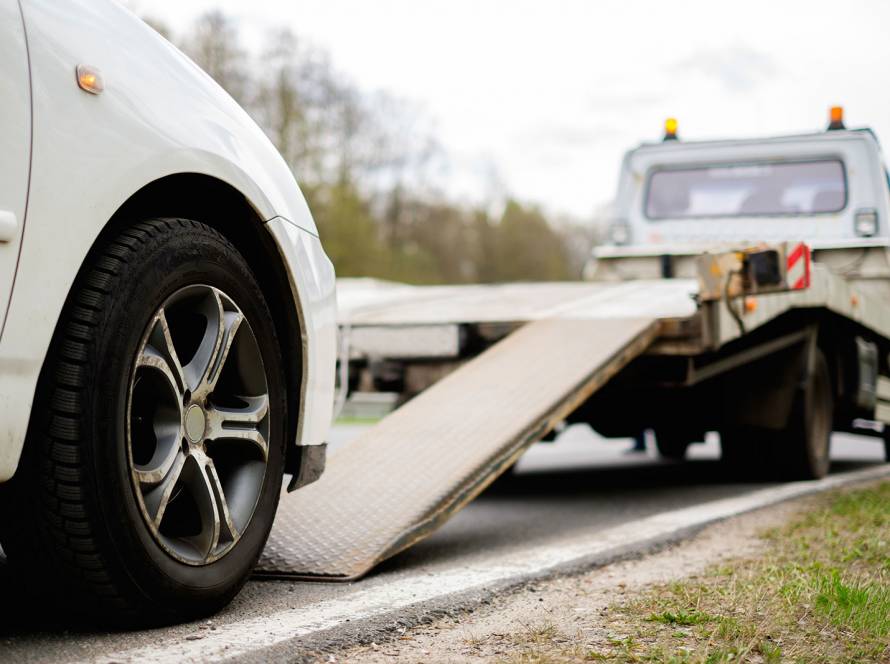As ridesharing services like Uber and Lyft continue to gain popularity, the chances of being involved in an accident while using these services also increase. Ridesharing accidents can be more complex than typical car accidents, as they often involve multiple parties and unique insurance policies. This means that understanding your rights and the process for seeking compensation after an Uber or Lyft accident is crucial. In this blog post, we will explore the ins and outs of these types of accidents and how you can protect your rights.
First, let’s discuss the different parties that could potentially be involved in an Uber or Lyft accident. Of course, the rideshare driver is one of the primary parties involved. However, the rideshare company itself and any other drivers or passengers that may have been involved in the accident can also be held liable, depending on the circumstances. It’s important to identify which parties may be held responsible for the accident to ensure the most accurate and fair compensation for your damages.
After a rideshare accident, navigating insurance claims can be a daunting task. One major difference between traditional car accidents and rideshare accidents is the way insurance policies are structured. Both Uber and Lyft carry their own insurance policies that cover their drivers and passengers under certain circumstances. Understanding when these policies apply and the differences between them is crucial when seeking compensation for your injuries.
Aside from insurance complications, determining liability in an Uber or Lyft accident can also be a complex process. There are various factors that come into play when determining fault, such as driver negligence, vehicle maintenance, and the actions of other drivers involved. To ensure your rights are protected and to build a solid case, it’s essential to have an experienced legal professional by your side.
Understanding Rideshare Insurance Policies
One of the key aspects of Uber and Lyft accidents is understanding the insurance policies and how they apply to drivers, passengers, and third parties. Both Uber and Lyft have their own insurance policies in place to cover accidents that occur while their drivers are engaged in ridesharing activities. These policies are divided into three distinct periods:
Period 1: This period covers when the driver has the app turned on, but hasn’t accepted a ride request yet. During this time, both Uber and Lyft provide liability coverage for any accident that the driver may be at fault for, although the coverage amounts are typically lower than during other periods.
Period 2: This period begins when the driver accepts a ride request and is en route to pick up the passenger. Both Uber and Lyft provide increased liability coverage during this period, as well as coverage for any damages or injuries sustained by the driver, passengers, or third parties.
Period 3: This period occurs when the passenger is inside the vehicle and the ride is in progress. The insurance provided by Uber and Lyft during this period is even more comprehensive, offering a $1 million liability policy as well as coverage for injuries, property damage, and more.
It’s essential to understand these insurance policies and how they apply to your specific situation, as they can greatly impact the compensation you receive after an Uber or Lyft accident.
Determining Liability in Rideshare Accidents
Determining liability in Uber and Lyft accidents can be a complex process with many factors involved. To establish fault and successfully seek compensation, it’s crucial to gather evidence that may include:
– The rideshare driver’s driving history and any prior accidents or violations
– Vehicle records, maintenance records, and inspection reports for all vehicles involved in the accident
– Witness testimonies of the accident and its aftermath
– Accident reconstruction to assess factors such as vehicle speed, impact, and road conditions
– Analysis of Uber and Lyft driver app records, including GPS data, vehicle route, and driver behavior leading up to the accident
Once liability is established, it becomes clear which party or parties are responsible for providing compensation for your damages and injuries.
Steps to Take Following an Uber or Lyft Accident
Should you find yourself involved in an Uber or Lyft accident, it’s important to take specific steps to protect your rights and ensure you have the necessary evidence when seeking compensation:
1. Seek Medical Attention: If you suspect you have been injured, seek medical attention immediately to assess and document any injuries before they become more severe. Even if you feel fine, it’s important to get checked out, as some injuries may not present symptoms immediately after an accident.
2. Call the Police: Reporting the accident to the local authorities is crucial, as a police report can be a valuable piece of evidence when determining liability and pursuing compensation.
3. Document the Accident Scene: Take photos of the accident scene, your vehicle, and any other vehicles involved. This evidence can be valuable for proving liability and determining the extent of damages.
4. Exchange Information: Obtain the contact and insurance information of all drivers involved in the accident, as well as the names and contact information of any witnesses.
5. Preserve Evidence: Keep all medical records, receipts, repair estimates, and any other documentation related to the accident and your injuries. These records can be invaluable when building your case and seeking compensation.
6. Consult an Attorney: It’s crucial to consult with a skilled attorney specializing in Uber and Lyft accidents to help you navigate the complexities of these cases and ensure your rights are protected.
Potential Legal Outcomes and Compensation
After establishing liability and gathering evidence, there are several potential legal outcomes for Uber and Lyft accident cases:
Settlement: Many Uber and Lyft accident cases result in out-of-court settlements, where insurance companies or other responsible parties provide compensation for your damages and injuries without the need for a trial.
Lawsuit: If a settlement cannot be agreed upon, you may opt to file a lawsuit against the responsible parties, seeking compensation through the court system.
Class Action: For widespread issues or patterns of negligence on the part of Uber or Lyft, a class-action lawsuit may be another avenue for seeking compensation.
Conclusion
Navigating the complexities of Uber and Lyft accidents can be challenging, but understanding insurance policies, determining liability, and taking the appropriate steps following an accident can significantly impact the outcome of your case.
Don’t hesitate to reach out to Hines Law for a free consultation, and receive legal advice from a personal injury attorney in Orlando who can help ensure your rights are protected and to pursue fair compensation for your damages and injuries. Get in touch today!




